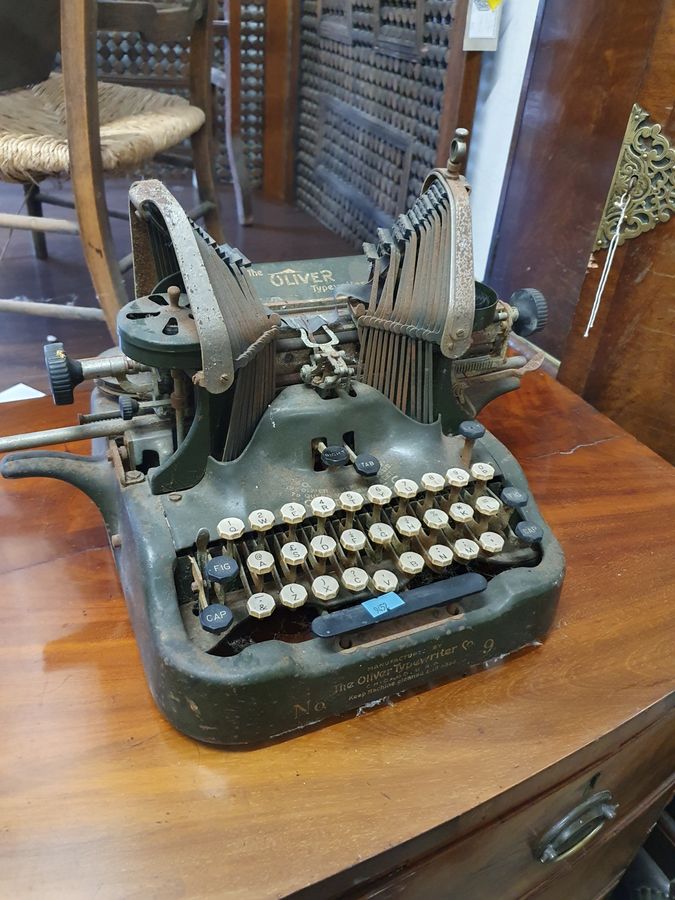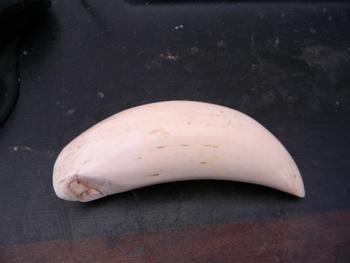Scrimshaw
Posted by Gillian Jones on 15/09/2015
If you’ve taken a look at www.antiques.co.uk of late you will have noticed a certain nautical theme with scrimshaws and other items taking pride of place on the home page. Add to that a short video on an antiques quest cruise with Tom Wonnacott.
This may have got you interested in all things naval, and if you’re already interested in anything maritime, then perhaps this month is an ideal opportunity get stuck into naval history. You can look in your attic or spare room, or look in antiques stores and online at www.antiques.co.uk (of course!).
Our two blogs this month are going to focus on all things naval and we’re going to start with the art of Scrimshaw.
Scrimshaw and the ‘scrimshanders’ are associated with engravings on bone or ivory. Now this may ring alarm bells with those who are keen environmentalists and conservationists. Let’s say that the buying to selling of any ivory or whale bone is now illegal since the Endangered Species Act, which was created to put a stop to the hunting of elephants and sperm whales and to help reverse the terrible toll this was having on the ivory bearing animals.
Sadly ivory is still hunted, but it has been regulated since the mid-seventies (1976) by the Convention on International Trade in Endangered Species. The selling of African ivory has been prohibited thankfully, since 1989.
But if you like scrimshaw art, if you’re thinking of collecting it and you don’t want to break the law, then you’ll be relieved to know that any 19th or 20th century scrimshaw art that’s been made before 1989 (from elephant ivory) or if it’s sperm whale ivory or walrus ivory from before 1973, then you’re okay. It was prohibited from commercial import in America under the Marine Mammal Protection Act. If in doubt, ask before you purchase.
You’ll notice that some of the scrimshaw art and a scrimshaw tool on www.antiques.co.uk are all from the 19th century.
But where does the art of scrimshaw come from?
As we already know scrimshaw came from bone or ivory from whales and was decorated with engravings or carvings by sailors, sometimes they would use walrus tusks. These would be elaborately engraved and were at their most popular as a form of art in the 18th century on the Pacific Ocean, long before the commercial ban on whaling. In the early half of the 19th century the market was exposed in an American journal and opened it up to a wider audience.
Scrimshawing was simply something to past the time, and mostly at night time when it was impossible to really fish. They made their own carving needles and the quality of the needle could naturally have an impact on the quality of the drawing/carving.
Candle black and soot, and sometimes even tobacco juice was used to help give the carving a stronger appearance.
Naturally, as we have seen, due to the amount of hunting, whales became an endangered species and as a result, acts were brought into power that prohibited and restricted the sale or the harvesting of ivory.
Naturally if you were lucky enough to find mammoth ivory from 10, 000 and up to 40,000 years ago there would be no restriction on possession or sale. However, the likelihood of this happening is slim.
Care of any pieces of scrimshaw you may find in antiques stores is controversial, with some suggesting that the use of oil and wax helps to preserve them, while conservationists argue that little more than handling them with gloves and keeping them out of direct sunlight is enough, with any coatings or use of any substances inadvisable.
It is argued that scrimshawing may have originated in America with whaling ships leaving New England, and regardless of where they come from, if you do find a piece you like, always ask questions before you buy.






